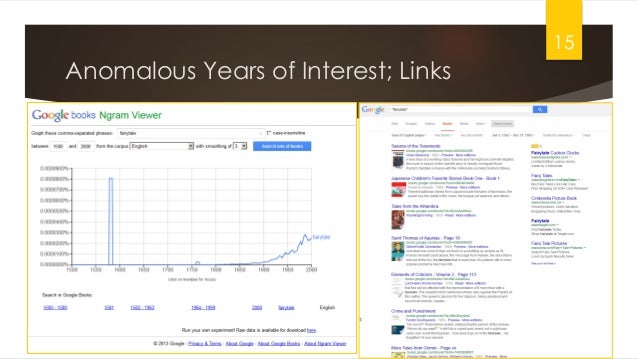
Going to big data is not without controversy, particularly among researchers. Cheap data storage has enabled the storage of data into practical perpetuity. Then, too, there have been advancements in cloud computing, which enables easier analysis of large datasets. The movement for “the internet of things” or the “quantified self” will only further add to the outpouring and availability of digital information. The Open Data movement has swept through governments and even commercial entities, which see the “democratization of knowledge” as part of human and consumer rights. This move to mass digitization is part of a global cultural paradigm of cyber-rization. Much of what was analog is now digitized (transcoded into digital format) and datafied (turned into machine-readable and machine-analyzable information). One involves the proliferation of electronic information from the Web and Internet (such as through websites, social media platforms, and the hidden web), mobile devices, wearable cameras and Google Glasses. This recent development in modern life has come about for a variety of factors. “Big data” has been defined as an N of all, with all available data points for a data set able to be captured and analyzed another definition has “big data” as datasets involving millions to billions of records and analysis through high performance computing. People have arrived to the era of Big Data, with massive amounts of digital information available for research and learning.
#Google books ngram viewer how to
This chapter provides both a basic and advanced look at how to extract information from the Google Books Ngram Viewer for light research. This tool allows downloading of the “shadowed” (masked or de-identified) extracted data for further analyses and visualizations. The enablements of the Google Books Ngram Viewer provide complementary information sourcing for designed research questions as well as free-form discovery.

The text corpuses contain de-contextualized words used by the educated literati of the day sharing their knowledge in formalized texts. The word frequency counts provide a lagging indicator of both instances and trends, related to language usage, cultural phenomena, popularity, technological innovations, and a wide range of other insights. The data queries that may be made with this tool are virtually unanswerable otherwise.

#Google books ngram viewer free
This free cloud service enables easy access to big data in terms of querying the word frequency counts of a range of terms and numerical sequences (and languages) from 1500 – 2000, a 500-year span of book publishing, with new books being added continually. AbstractIf qualitative and mixed methods researchers have a tradition of gleaning information from all possible sources, they may well find the Google Books Ngram Viewer and its repository of tens of millions of digitized books yet another promising data stream.


 0 kommentar(er)
0 kommentar(er)
